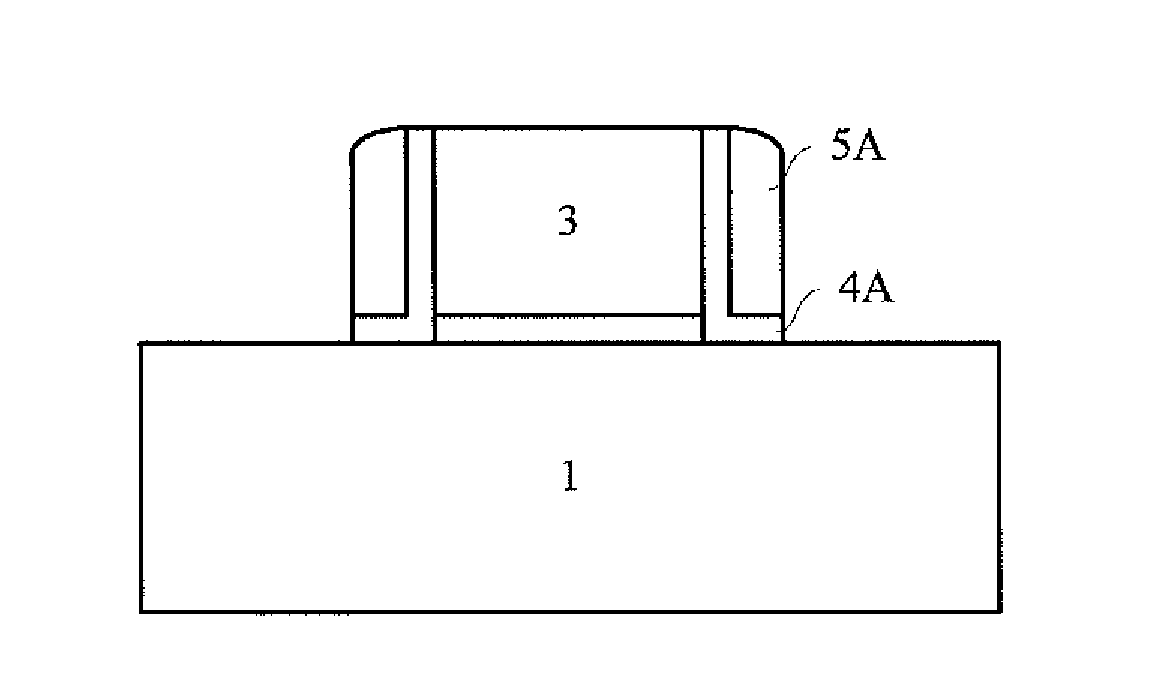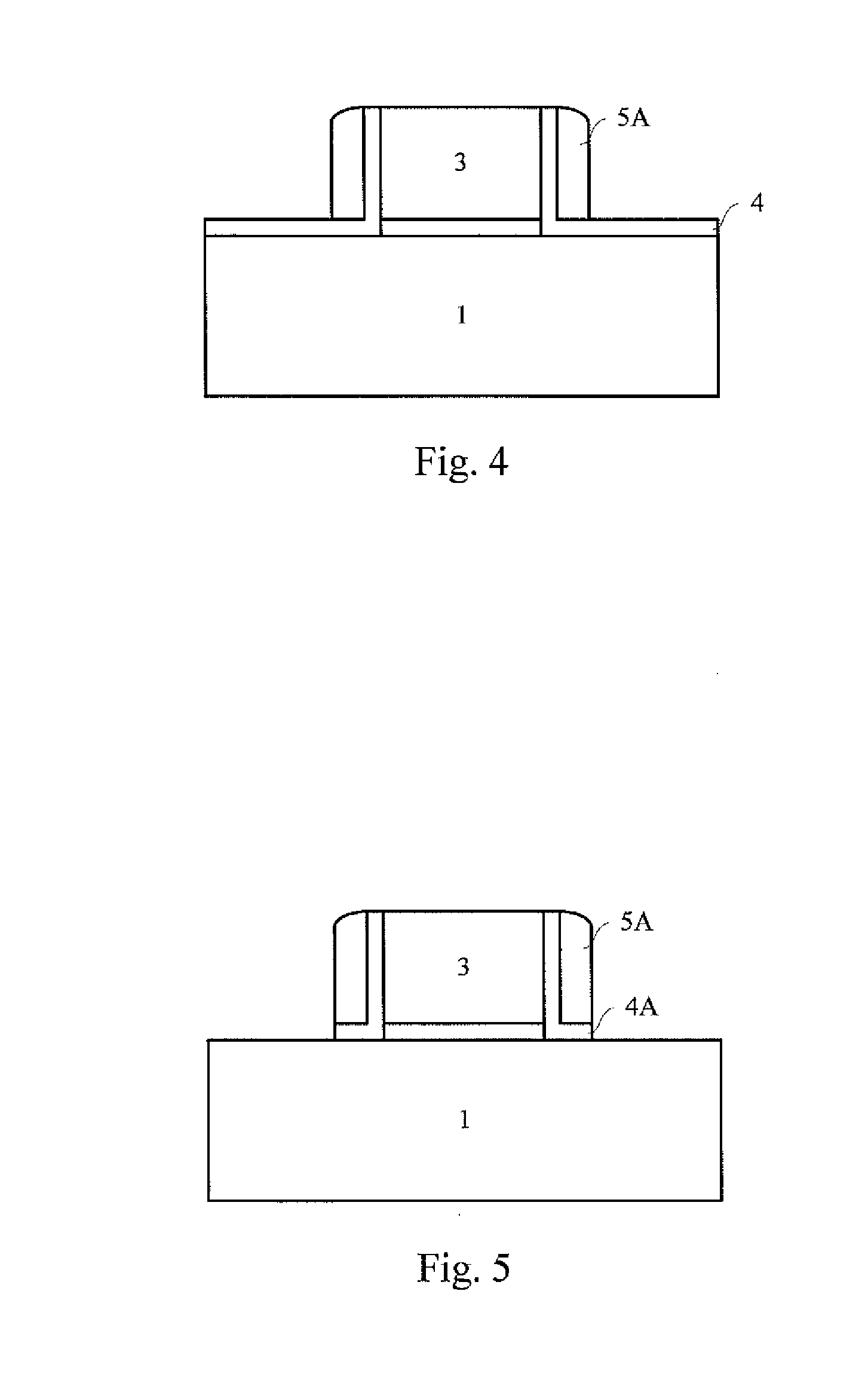Method of manufacturing semiconductor device
a manufacturing method and semiconductor technology, applied in semiconductor devices, semiconductor/solid-state device testing/measurement, electrical equipment, etc., can solve problems such as many new difficulties and challenges, device failure, and reduced yield, so as to reduce process complexity, optimize threshold voltage, and reduce damage to the substrate
- Summary
- Abstract
- Description
- Claims
- Application Information
AI Technical Summary
Benefits of technology
Problems solved by technology
Method used
Image
Examples
Embodiment Construction
[0030]Hereinafter, exemplary embodiments of the present disclosure will be described in detail with reference to attached drawings. It is to be noted that like symbols denote like structures throughout the drawings. Here, terms, such as “first,”“second,”“on,”“below,”“thick,” and “thin,” are used to describe various device structures. However, such descriptions are not intended to imply relationships of the described device structures in terms of space, order or layer-level, unless otherwise indicated.
[0031]Referring to FIG. 6 and FIG. 1, at S601, a gate stack is formed on a substrate. The gate stack can be one for a gate first process or for a gate last process. The substrate 1 is provided, and may comprise bulk Si, SOI, bulk Ge, GeOI, SiGe, GeSb, or a group III-V or group II-VI compound semiconductor substrate, such as GaAs, GaN, InP, and InSb. To be compatible with the existing CMOS processes and applicable to manufacture of large scale digital integrated circuits, the substrate 1...
PUM
| Property | Measurement | Unit |
|---|---|---|
| thickness | aaaaa | aaaaa |
| angle | aaaaa | aaaaa |
| angle | aaaaa | aaaaa |
Abstract
Description
Claims
Application Information
 Login to View More
Login to View More - R&D
- Intellectual Property
- Life Sciences
- Materials
- Tech Scout
- Unparalleled Data Quality
- Higher Quality Content
- 60% Fewer Hallucinations
Browse by: Latest US Patents, China's latest patents, Technical Efficacy Thesaurus, Application Domain, Technology Topic, Popular Technical Reports.
© 2025 PatSnap. All rights reserved.Legal|Privacy policy|Modern Slavery Act Transparency Statement|Sitemap|About US| Contact US: help@patsnap.com



